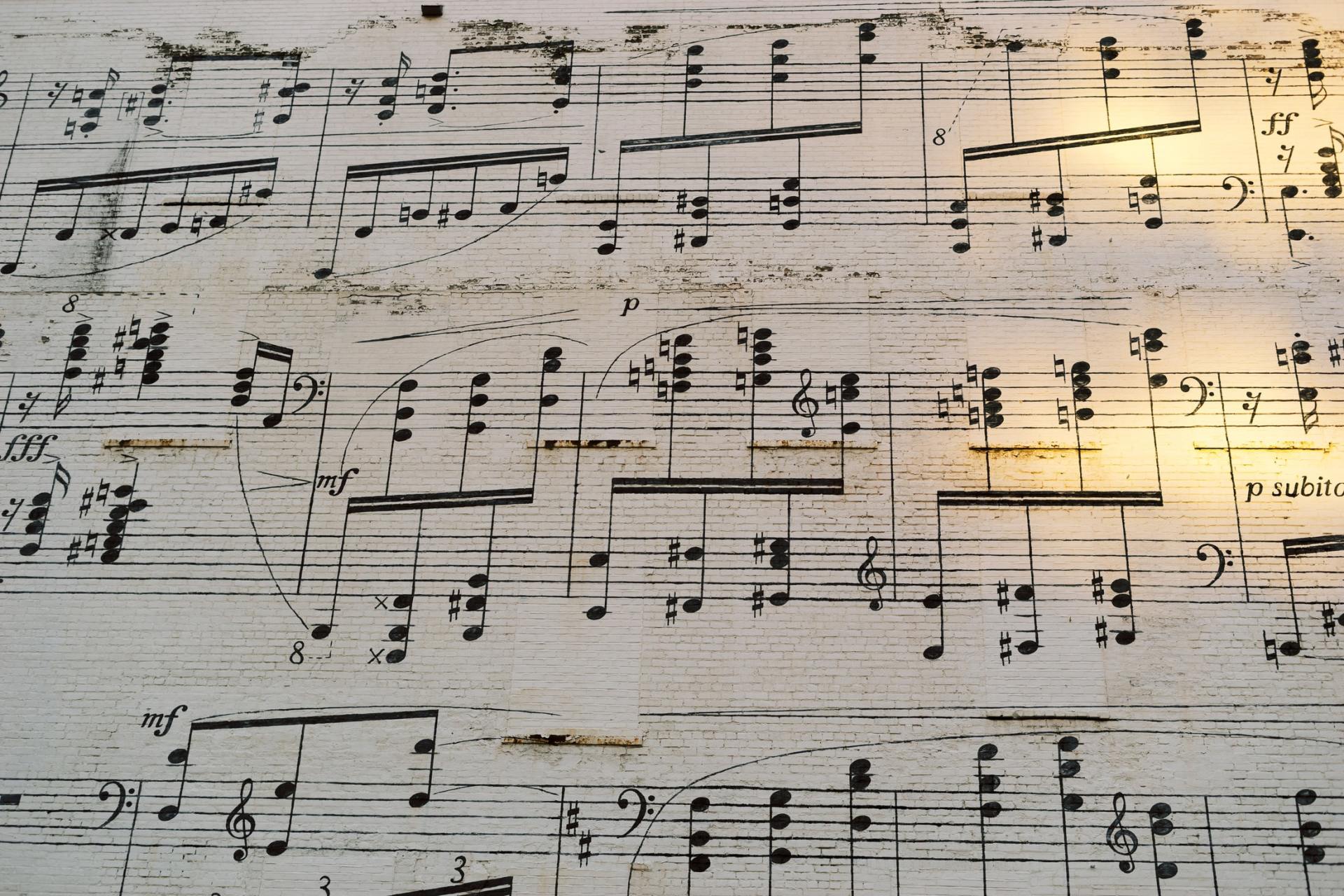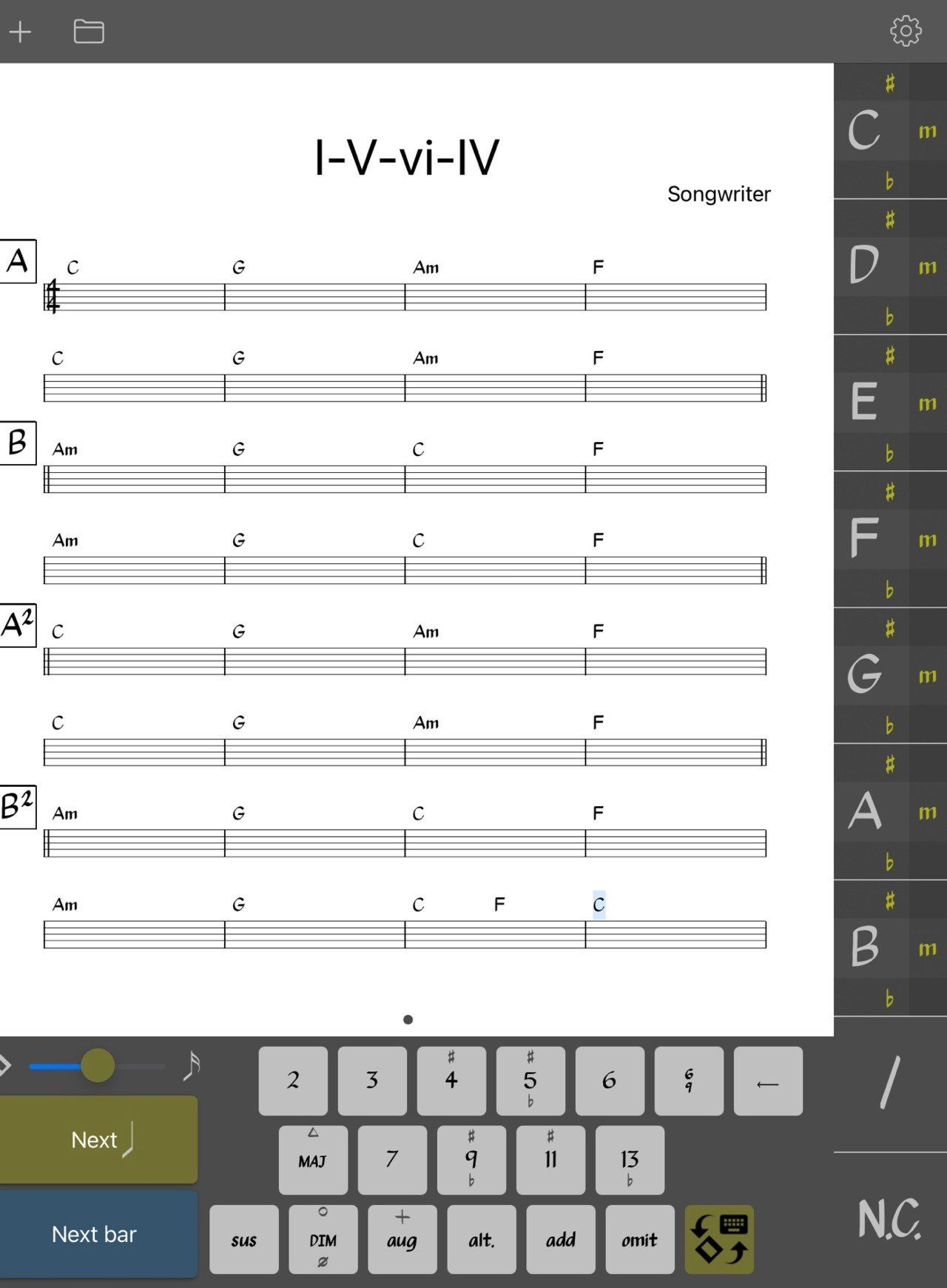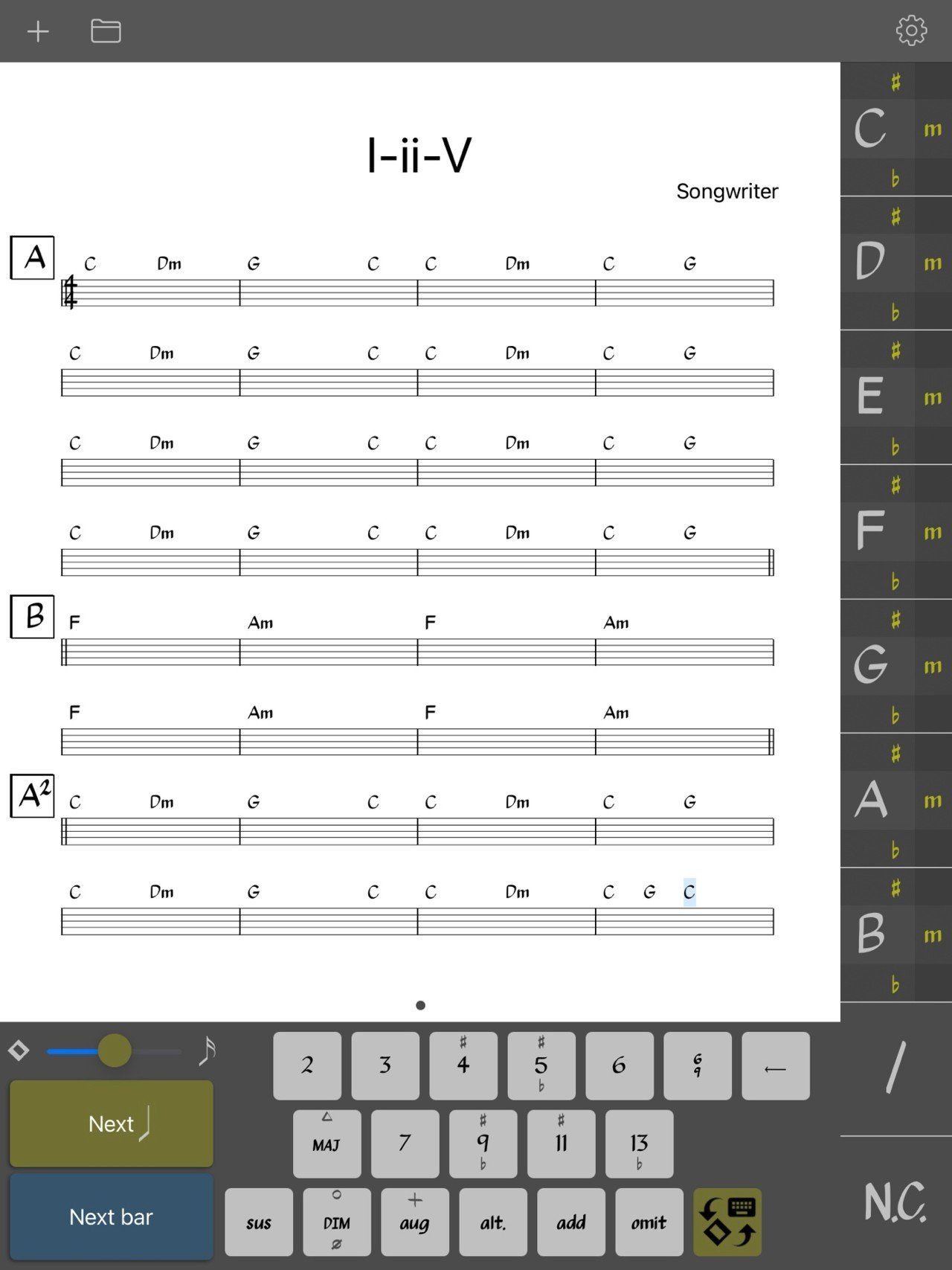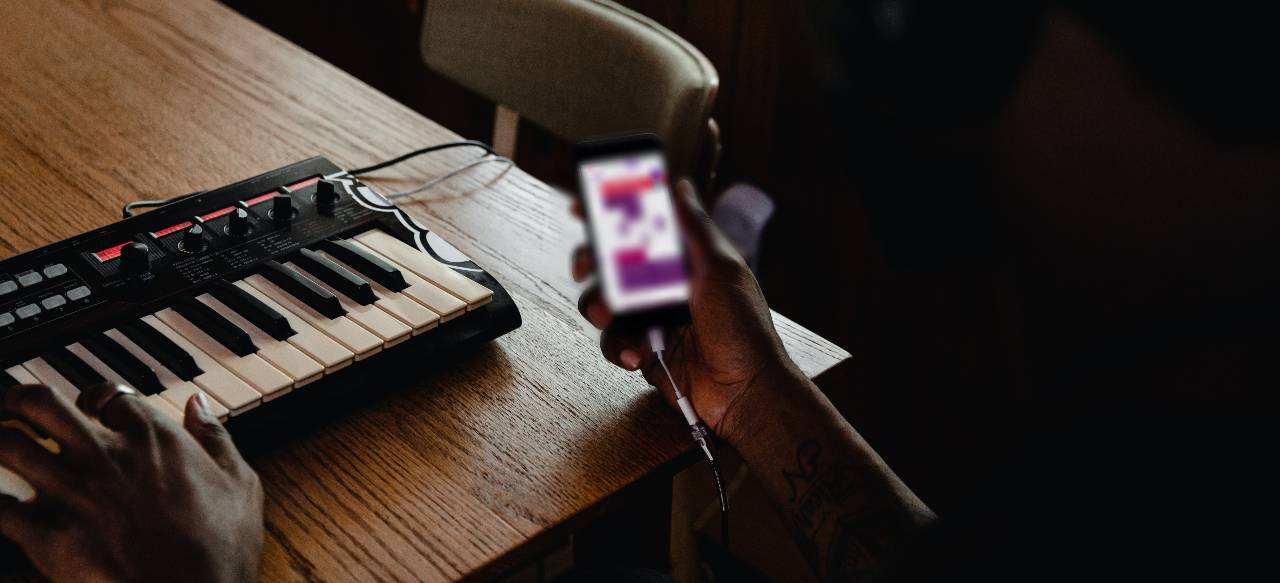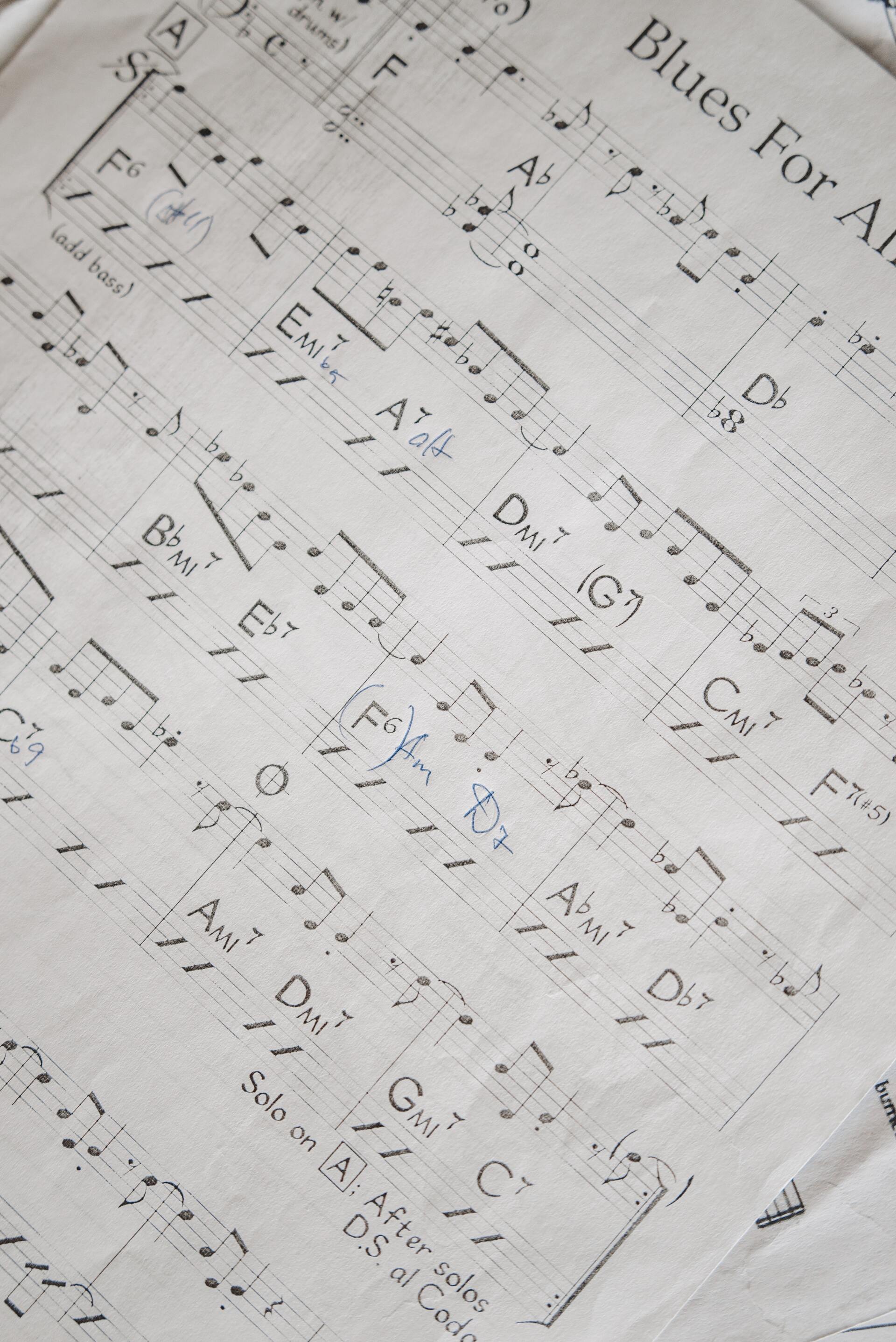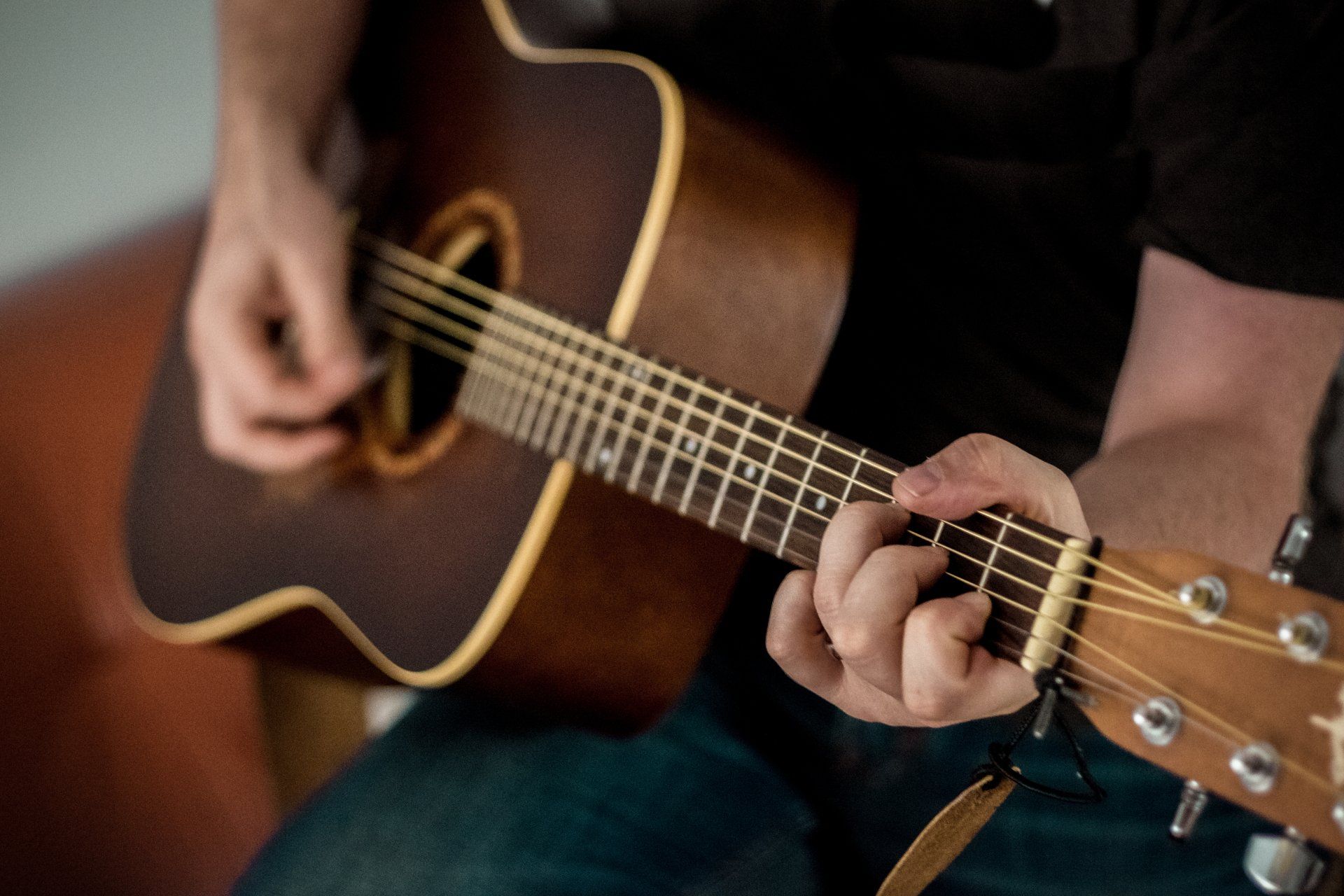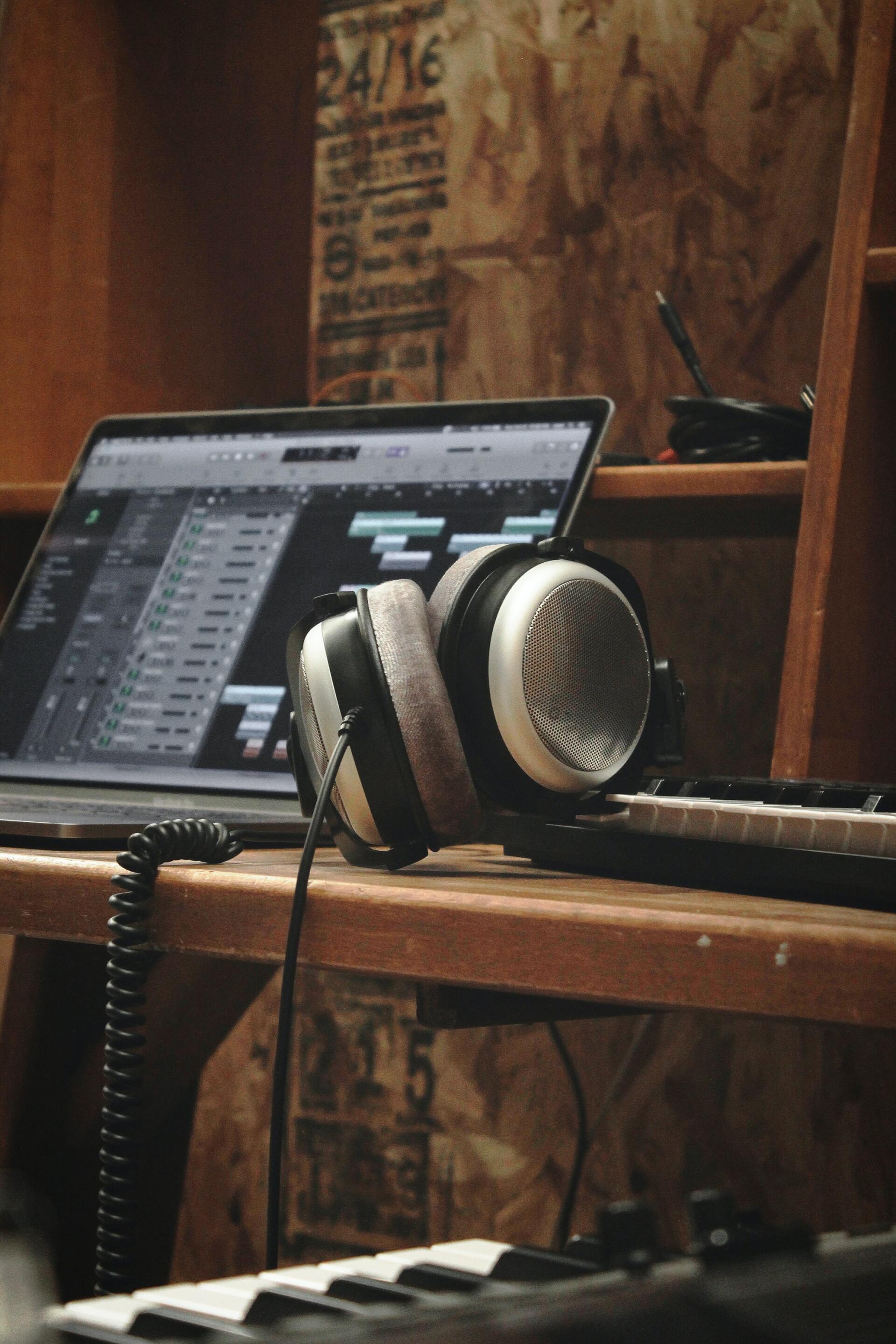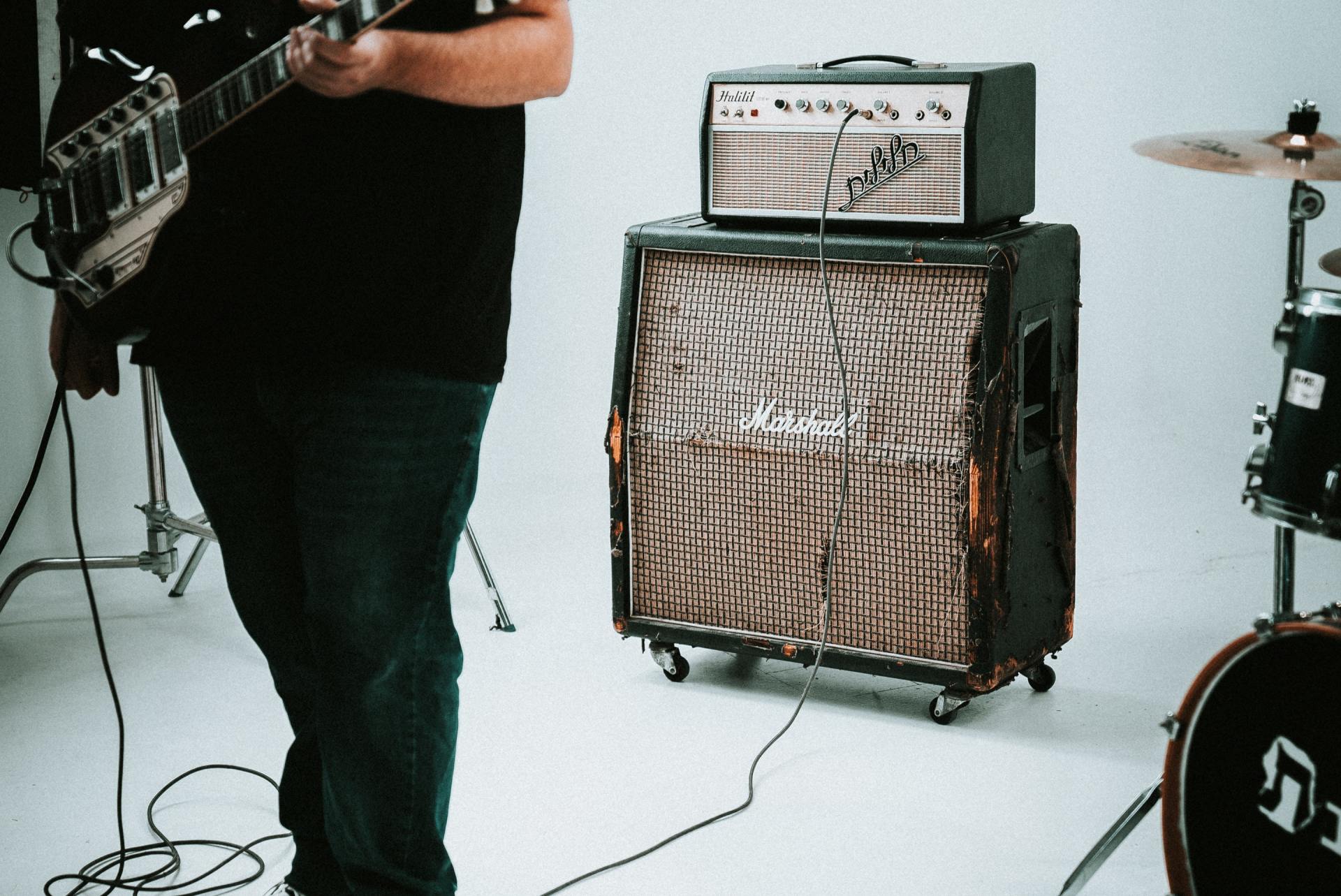How to Create a Chord Sheet With a Song Template
As a musician you find a point where you have played your fair share of songs with tabs and chords. Eventually you will reach a stage where you or your band will start writing original songs, and the best way to get started is by creating a simple song template with chord sheet making apps and software.
But even simple music scoring can be a little daunting for a beginner! In this article, we will show you some basic chord progressions and song formats to start with, that way you get a better idea of how to create a chord sheet and how to write a song.
Common Chord Progressions
Music is not as creative and unique as many people think it is. There are only so many drum rhythms, bass lines, and chord progressions out there; legally speaking, the melody, hooks, and riffs are what can’t be copied. Before we mention a few well-known progressions, let’s review our Nashville Number System (or some prefer to use Roman Numerals).
The Nashville Number System was popularized by the Jordanaires (the backing quartet that sang for everyone from Elvis to Ween). The system was a quick way to transcribe keys by just showing which scale degree the chord is built on. They would walk into the studio and hear “it’s a 1-4-5 in the key of G, slow 4, and watch me for changes.” The players would then know this new song has the chords G-C-D, and is played slowly in 4/4 time. Even a beginner can easily change keys with the chart below.
The chart is chock full of info, so start with the one key you are most comfortable playing in. If you don’t know what key you sing in, stick with C and G in the beginning as they are the most common. Using that chart, you can fill in the chords for these very popular chord progressions.
- I-V-vi-IV (Axis of awesome)
- I-vi-IV-V (Doo wop progression)
- vi-IV-I-V (sensitive/moody pop)
- I-IV-V (basic folk/pop/rock)
- I-IV-I-V (blues)
- I-VIIb-IV (classic/epic rock)
- I-iii-IV-V (rock ballad)
- I-ii-V (jazz)
- I-ii-vi-V (jazz/pop standard)
Almost all the songs you hear can be covered by those progressions or slight variations. This is how bands can play songs on the fly without too much practice, they already know what common chord sequences are used across many genres. And this is also why lawsuits are so common!
The best part about knowing chord progressions, is that a songwriter doesn’t have to constantly get a spark of creativity to work. They can start a new song with a rhythm, riff, or with one of these common progressions.
Notice how we added the F chord in briefly at the end of the chorus, this gives us some better resolution. As you build songs with chord progressions, experiment with simple changes and then as you advance you can really get into some fun chord substitutions.
A simple chord sheet like this may sound generic and similar, but this is how songs work. We all have the same skeletons with different features; think of music the same way. Try other progressions to see how they sound; and at first, at least stay in the same key you are comfortable in.
Here is another example using the I-ii-V progression in the AABA format.
Notice in the B section we didn’t stick to a specific progression but used similar chords. It’s ok to shuffle our chord orders around, use your ears to tell what might fit. These first chord sheets you make will not be complicated, but they are still amazing practice for studying music theory and composition.
Creating a Lead Sheet
Of course, it isn’t necessary to write the C-G-Am-F verse out twice, we could just show it repeats. However, depending on you or the band’s music reading skills, it may be best to write all the measures out. Remember the point of this isn’t to force perfection or absolute scoring knowledge, it is simply to get you started writing chord sheets.
Eventually though you will advance and start moving into more complicated aspects, especially creating the lead sheet. If you took the basic chord progression above and made it into a song, your next step is to place the notes of the melody into your music. But that will require more practice in ear training and lots of patience.
If you have created a song template for your band then you can add in melody notes at practice, or other members can work on the shared project alone. And even if you don’t get a final song out of it, your band will be well versed in common chord progressions. Perhaps with practice, one day your lead sheets can look like this? Easy right?
Conclusion
With these basic chord progressions and song structures you should be well on your way to creating your own chord sheets and original music. Perhaps you have a list of past songs you would like to get on paper, or this is just a new route for inspiration. Now that you have some basic music scoring skills, your creativity and songwriting will be so much better. Just don’t forget to practice and play what you write!
